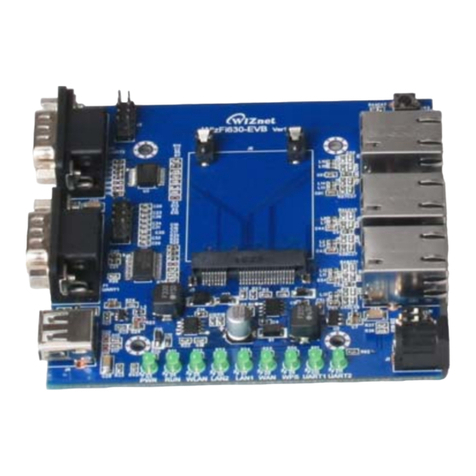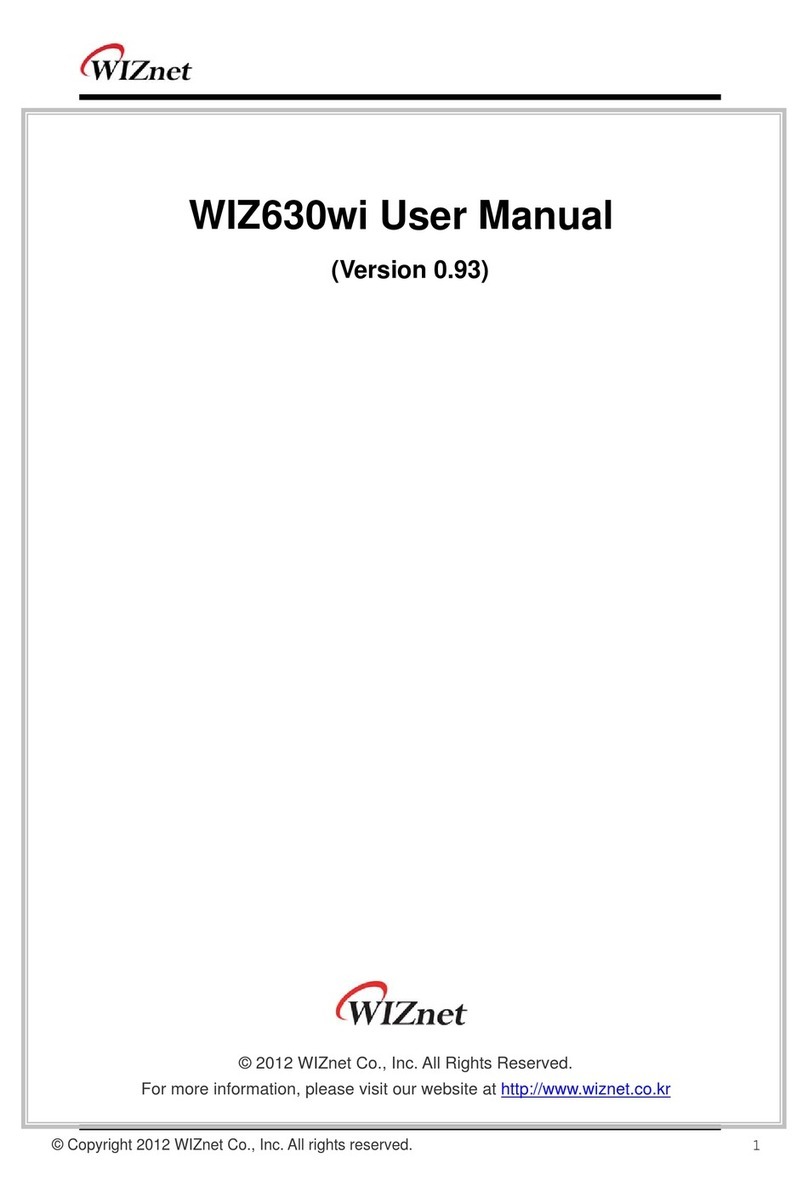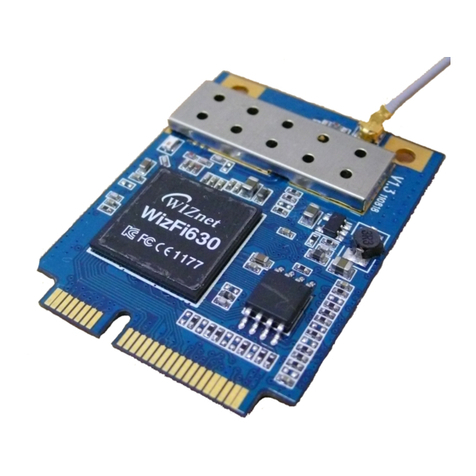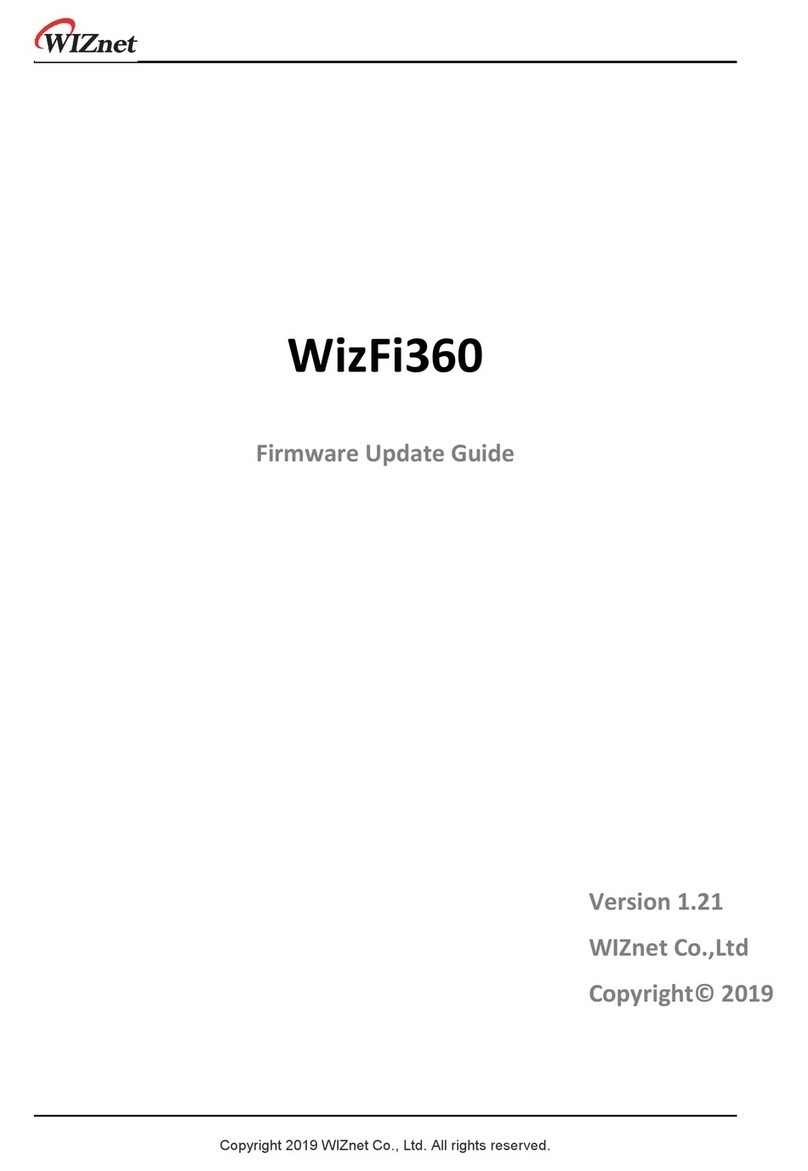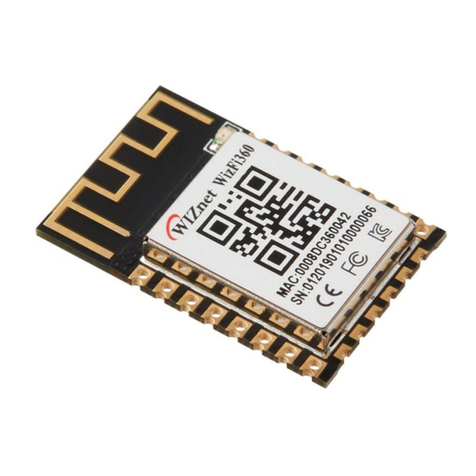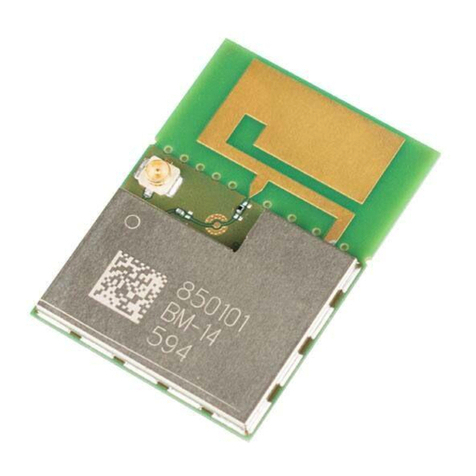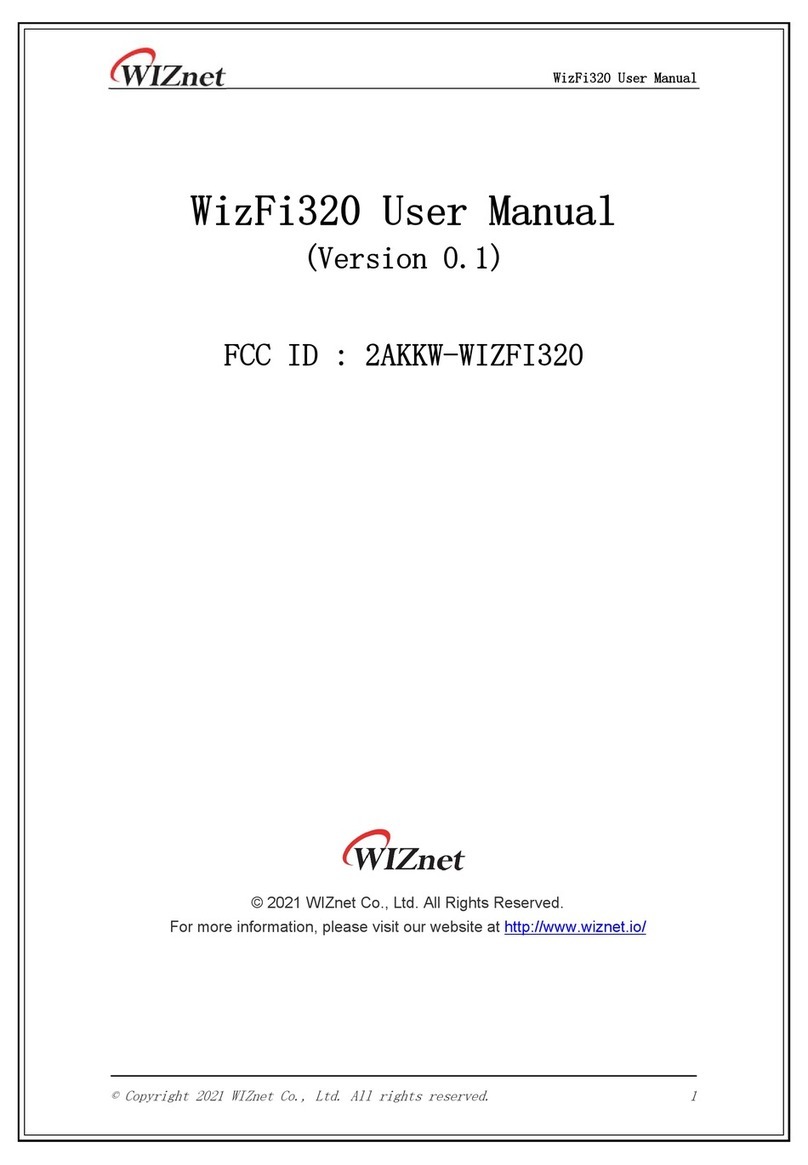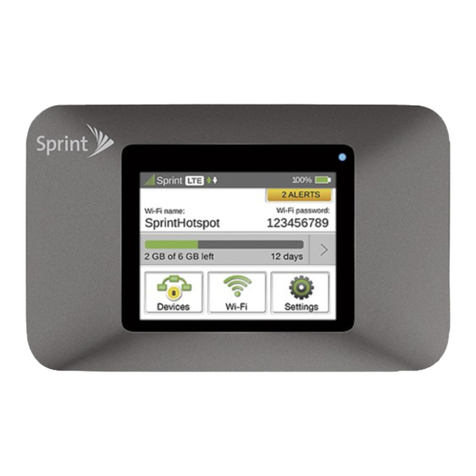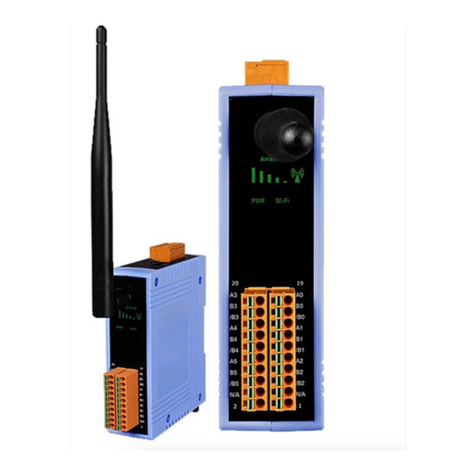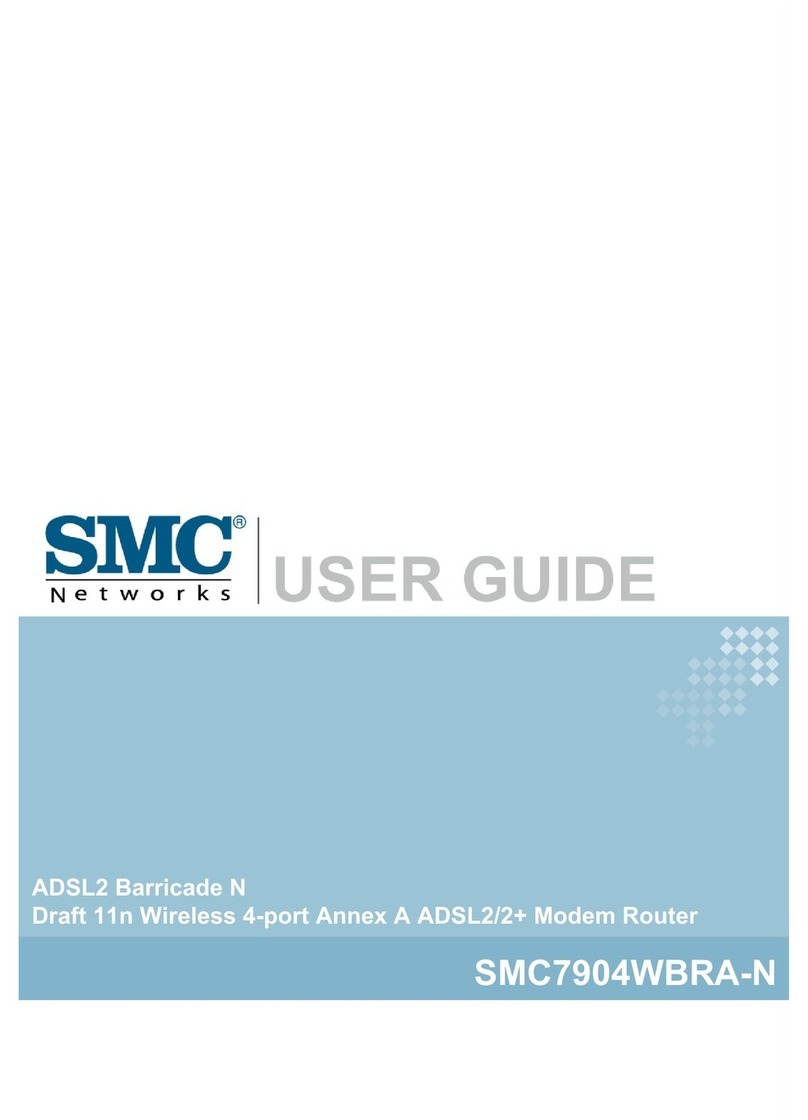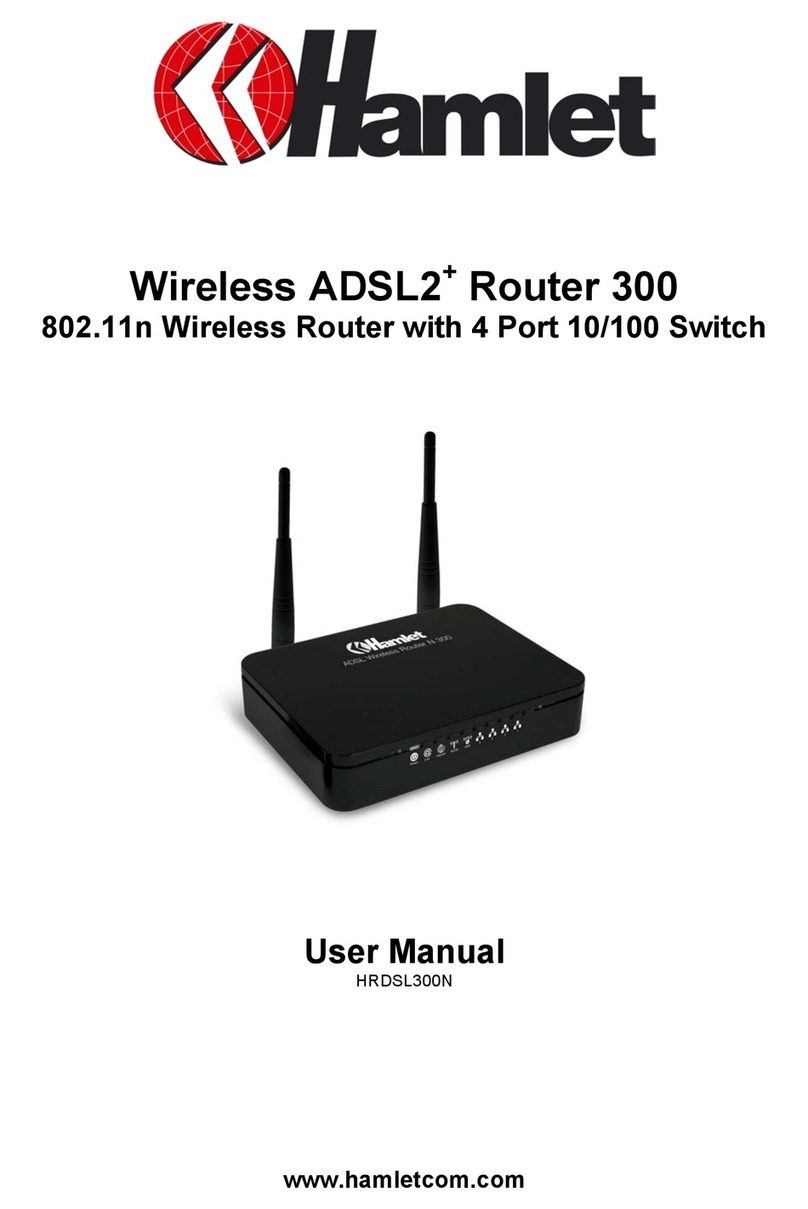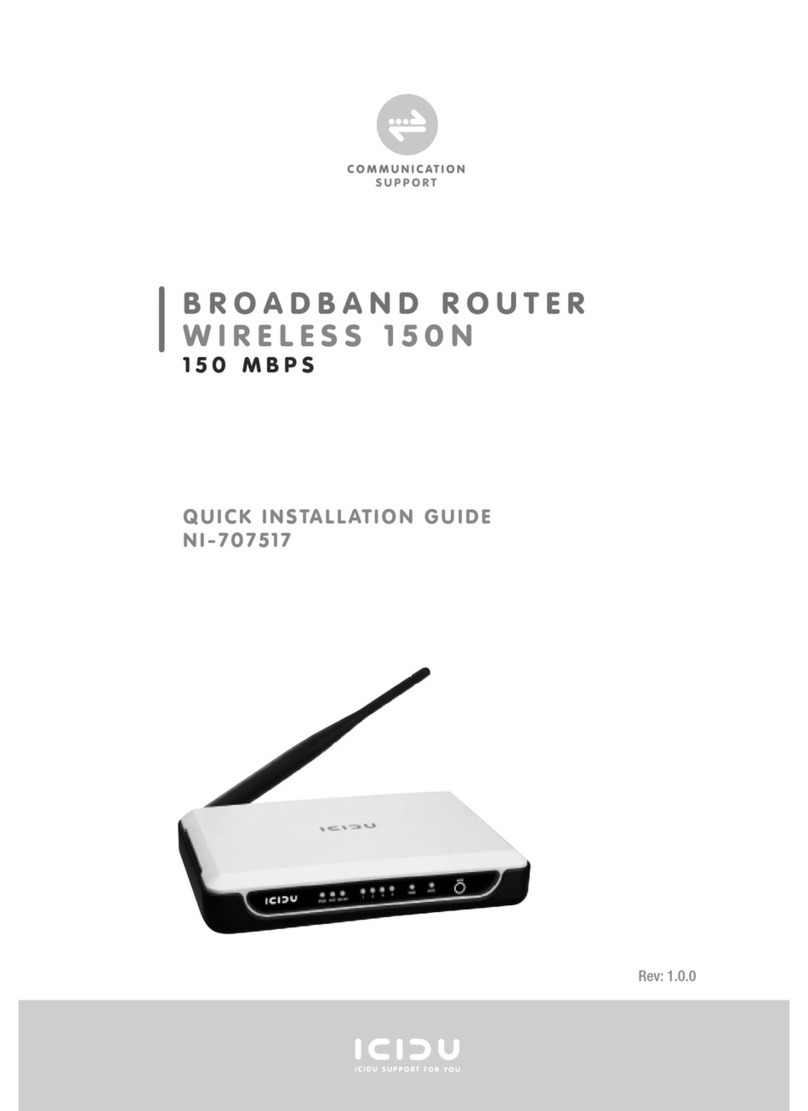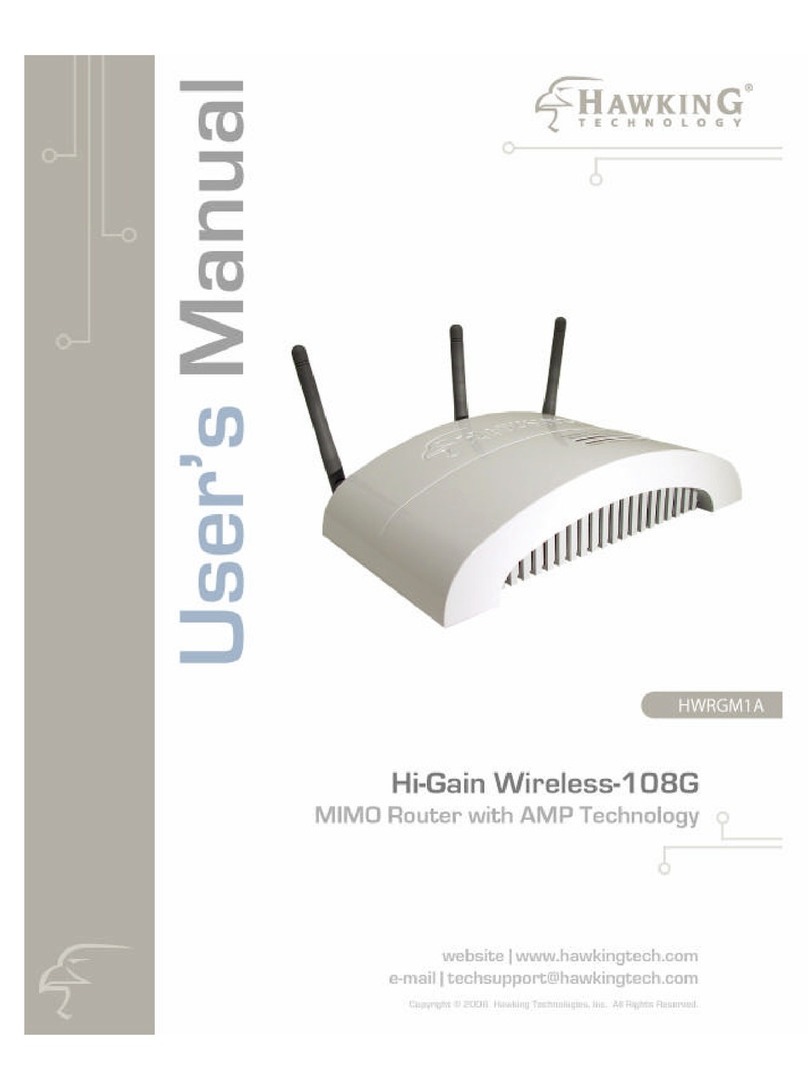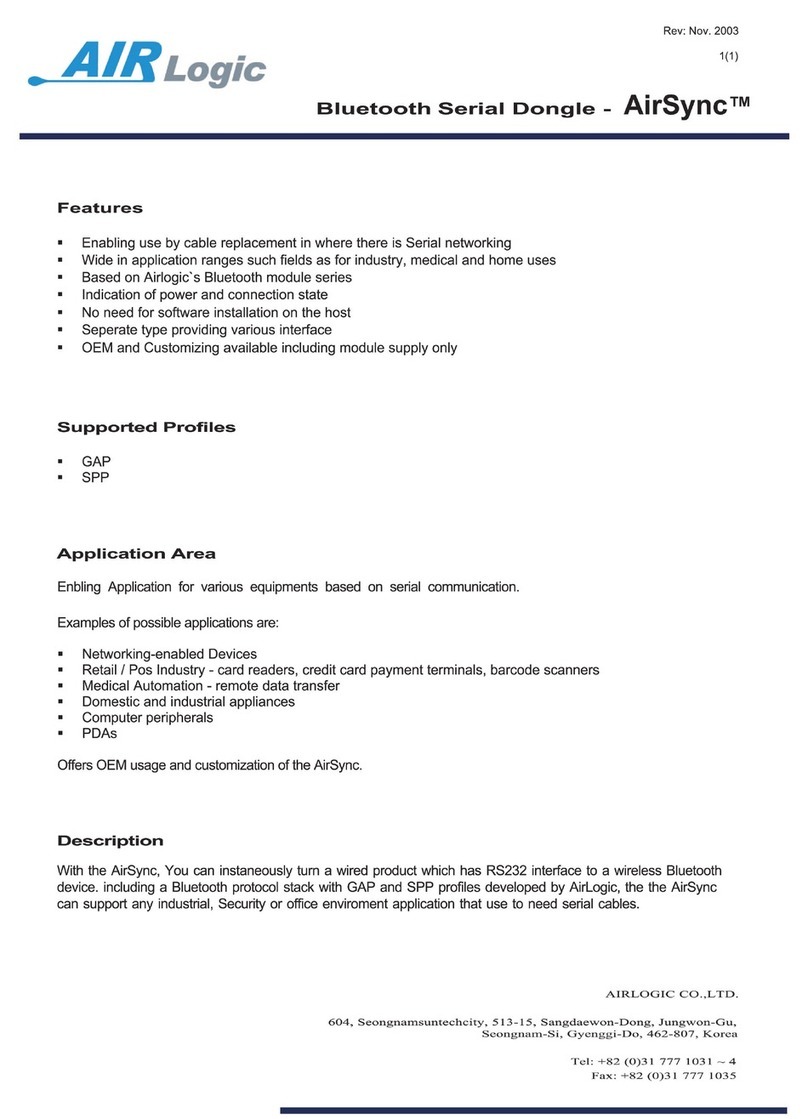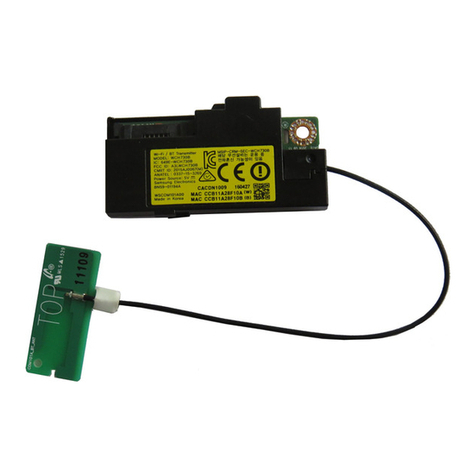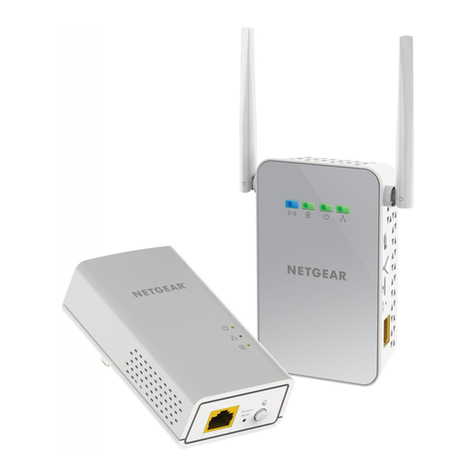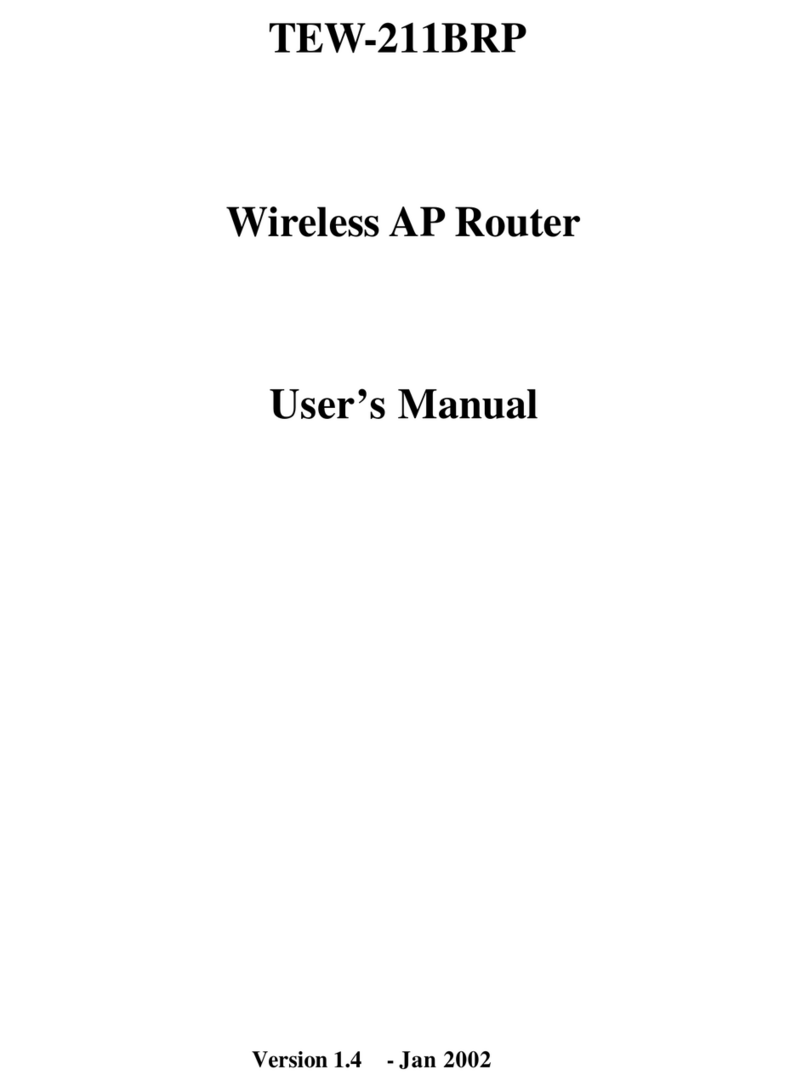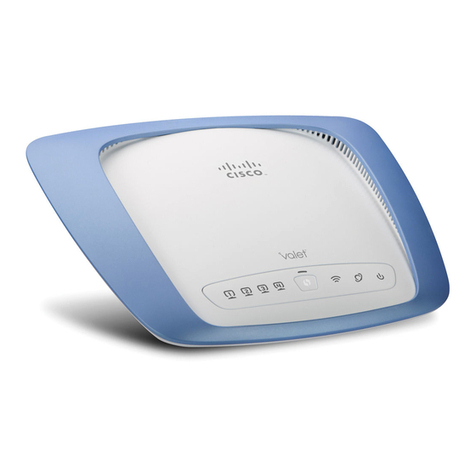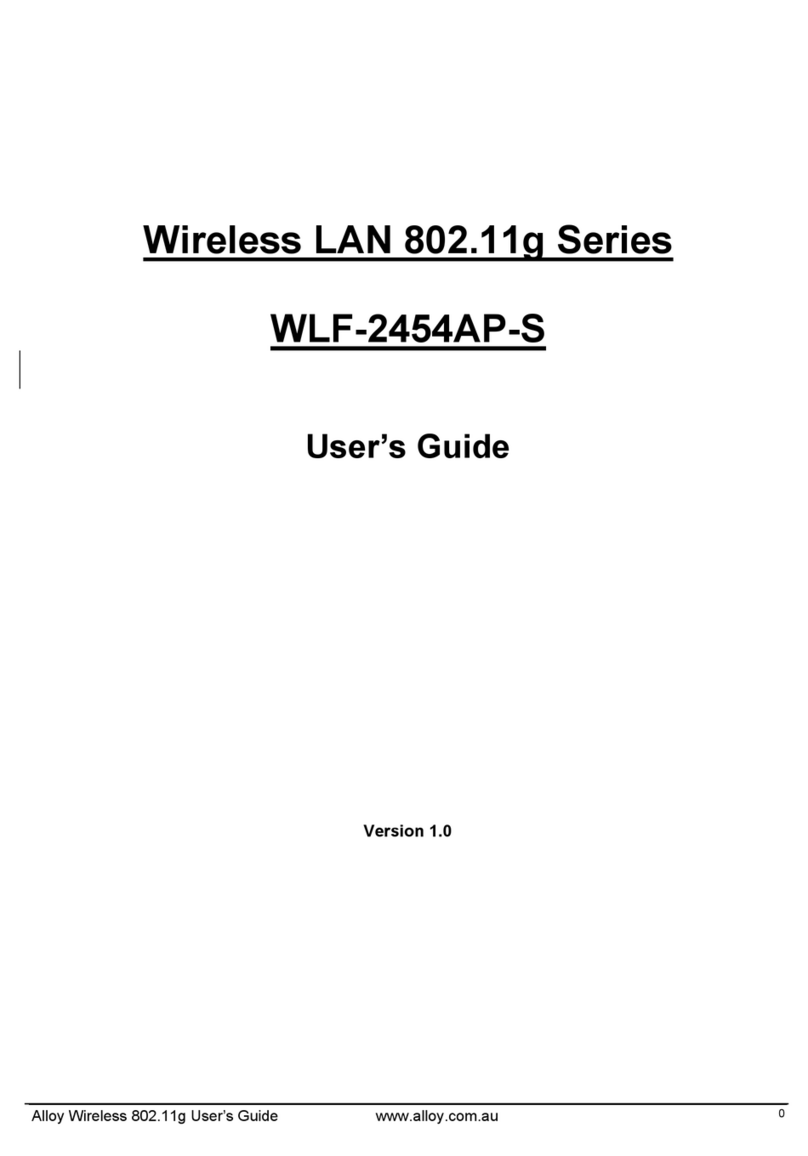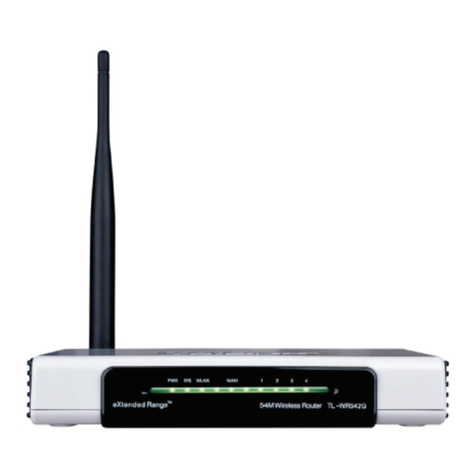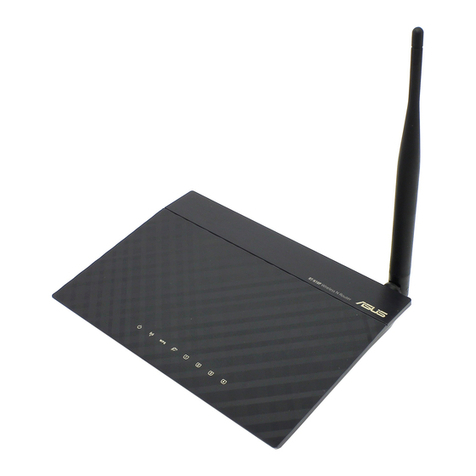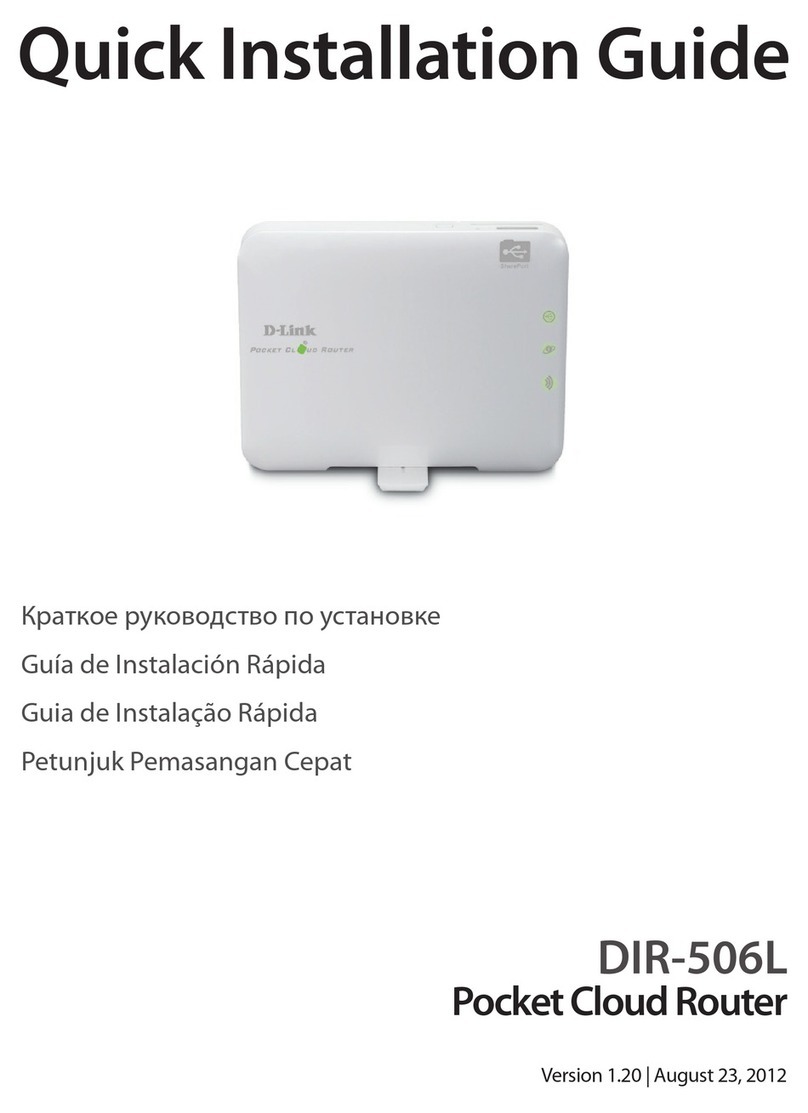
WizFi210/220 User Manual (WIZnet Co., Ltd.)
<Contents>
1. Overview .......................................................................................................................... 1
(1) Benefits and Features ............................................................................................... 2
(2) Specifications............................................................................................................ 3
(3) Product contents (WizFi2x0-EVB).............................................................................. 3
2. Hardware Specification .................................................................................................... 4
(1) Operating Conditions ............................................................................................... 4
(2) Digital Input Specifications ....................................................................................... 4
(3) Digital Output Specifications .................................................................................... 4
(4) I/O Digital Specification (Tri-State)............................................................................ 5
(5) RTC Input Specifications ........................................................................................... 6
(6) RTC Output Specifications ........................................................................................ 6
(7) Internal 1.8V regulator.............................................................................................. 6
(8) Power Consumption (VDDRTC=VDD=3.3V, VDDIO=1.8V, Temp=25°C)..................... 7
(9) Power Consumption (VDDRTC=VDD=3.3V, VDDIO=3.3V, Temp=25°C)..................... 7
(10) Power Consumption (VDDRTC=VDD=3.3V, VDDIO=1.8V, Temp=25°C)............... 8
(11) Power Consumption (VDDRTC=VDD=3.3V, VDDIO=3.3V, Temp=25°C)............... 8
(12) RF Specification .................................................................................................. 9
(13) Block Diagram .................................................................................................. 10
(14) Pin Description ................................................................................................. 11
(15) Module Dimension ........................................................................................... 15
(16) Recommend Pad Dimension............................................................................. 16
(17) LED Indications ................................................................................................. 17
(18) Application Circuit ............................................................................................ 18
(19) Interface ........................................................................................................... 19
(20) Using EXT_RESET pin ........................................................................................ 20
3. Application Guide .......................................................................................................... 21
(1) AP Scanning ........................................................................................................... 21
(2) Network Connection Management......................................................................... 21
(3) Auto Connection Operation.................................................................................... 21
(4) Response Codes ..................................................................................................... 23
(5) Use of GPIO21 ........................................................................................................ 24
(6) AT Command example ........................................................................................... 24
4. AT Commands ............................................................................................................... 26
(1) Command interface ................................................................................................ 26
(2) UART / adapter interface configuration.................................................................. 26
(3) Profile management ............................................................................................... 27
(4) Wi-Fi interface ........................................................................................................ 28
(5) Wi-Fi security.......................................................................................................... 29
(6) Wireless configuration ............................................................................................ 30
(7) Network interface ................................................................................................... 30
(8) Connection management ....................................................................................... 31
(9) Battery check .......................................................................................................... 32
(10) Power state management................................................................................. 32
(11) Auto connection ............................................................................................... 33
(12) Provisioning ...................................................................................................... 33
(13) Miscellaneous ................................................................................................... 33
5. FAQ ................................................................................................................................ 35
6. Warranty ........................................................................................................................ 38
